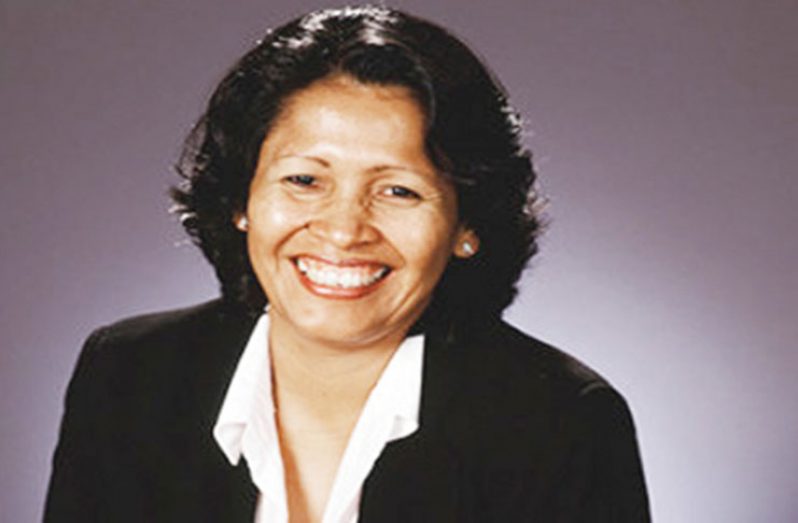-donates $29.5M worth of supplies to communities, says more resources needed
A noted rise in cases of the Novel Coronavirus (COVID-19) in indigenous communities, has prompted the Amerindian Peoples Association (APA) to call for more testing in those areas, as they believe the situation may be worse than it seems.
In recent days Guyana has seen a worrying rise in cases of the disease, with 19 cases being recorded within the past 24 hours alone. And, although this was the “national” figure for Monday, it was all recorded in one region, Region Nine (Upper Takutu-Upper Essequibo) – a region which borders Brazil, where COVID-19 is widespread.
The fact that Region Nine borders Brazil is enough to increase testing in those communities, said Representative of the APA, Ron James, during a virtual press briefing, on Monday.
James lamented that the rate of testing has been slow, although it should have been the total opposite given the prevailing situation. He said communities in Region Nine are struggling because resources are limited.
“Some persons are fearful…some of the villages are underprepared for this pandemic…we are calling on health authorities to see if more assistance can be brought to those communities in a timely manner,” said James.
He said immediate assistance should be in the form of more testing, as cases could easily go under the radar because of the slow rate of testing.
Similar calls have been made for increased testing in Regions One (Barima-Waini)-the epicenter for COVID-19 in Guyana-, Two (Pomeroom-Supenaam), Six (East Berbice-Corentyne), Seven (Cuyuni-Mazaruni), Eight (Potaro-Siparuni) and Nine (Upper Takutu-Upper Essequibo).
Health authorities have so far tested 4,416 persons, with 4,027 being negative and 389 testing positive.
Chief Medical Officer (CMO), Dr. Shamdeo Persaud, in an update on Monday, said 181 of the persons, who tested positive, have since recovered and 20 persons have died, but there are 188 active cases which are being monitored by authorities. Four of those persons are being treated in the COVID-19 Intensive Care Unit (ICU).
The COVID-19 ICU has so far seen 57 patients, but 11 of those patients have died, 29 were transferred and nine were discharged.
Even as persons are being discharged, there is a simultaneous increase in cases, but according to Dr. Persaud, most of those cases are being recorded in hinterland regions.
Those regions unlike coastal regions, not only have to worry about the direct effects of COVID-19, but also the indirect effects, especially since most of the indigenous communities are located in remote areas, where access to certain commodities is difficult.
The APA in recognising this, has been doing its part to assist with the provision of medical and food/sanitary supplies. And, according to Executive Director of APA, Jean La Rose, the organisation has so far distributed supplies worth $29.5M.
Communities in Regions One, Two, Six, Seven, Eight and Nine have benefited from Personal Protective Equipment (PPE), food hampers and sanitary supplies.
La Rose said while this is an initiative which the APA hopes to continue through assistance from its donor partners, there is still a lot more to be done in hinterland regions, as there have been widespread indirect and direct implications.
“There are many impacts and I do not think we have arrived at a full assessment of the impact… immediately it would be on health of course, the capacity of various communities to deal with the health issues for instance…The case of where all communities have been underprepared, many had no PPE, no sanitisation supplies and so on,” said La Rose in response to a question asked by the Guyana Chronicle.
She said some communities did not even have any supplies at the start of the pandemic, and it continues to be that way in some cases.
Inefficiencies in primary healthcare for indigenous communities are, however, just one among a plethora of challenges.
La Rose said the “economies of communities” have also been ‘drastically’ affected, as many persons already had to step down on farming, which is a money-making enterprise for indigenous communities.
While a lot needs to be done to improve the agricultural system during these times, there is also a need to explore methods of storing food supplies to compensate for a reduction in agriculture.
Households have not only be losing food, but also their livelihood and income. There has also been an impact on education because, unlike coastal regions, hinterland communities do not have adequate internet access so they depend solely on printed materials.
“So we need to consider all of these things…we need to know how the children will catch up, what systems are going to be put in place to ensure they catch up back,” said La Rose.
Crafting solutions amidst instability could prove challenging, but the APA is hopeful that hinterland communities will survive the “turbulence,” once there are adequate interventions.



.jpg)











